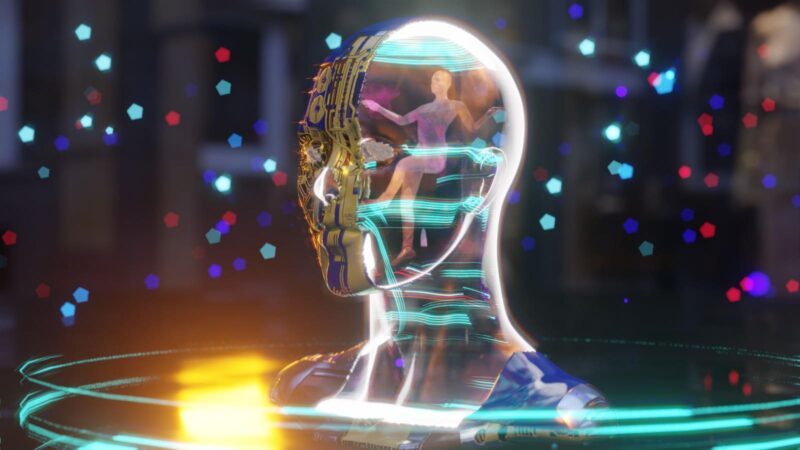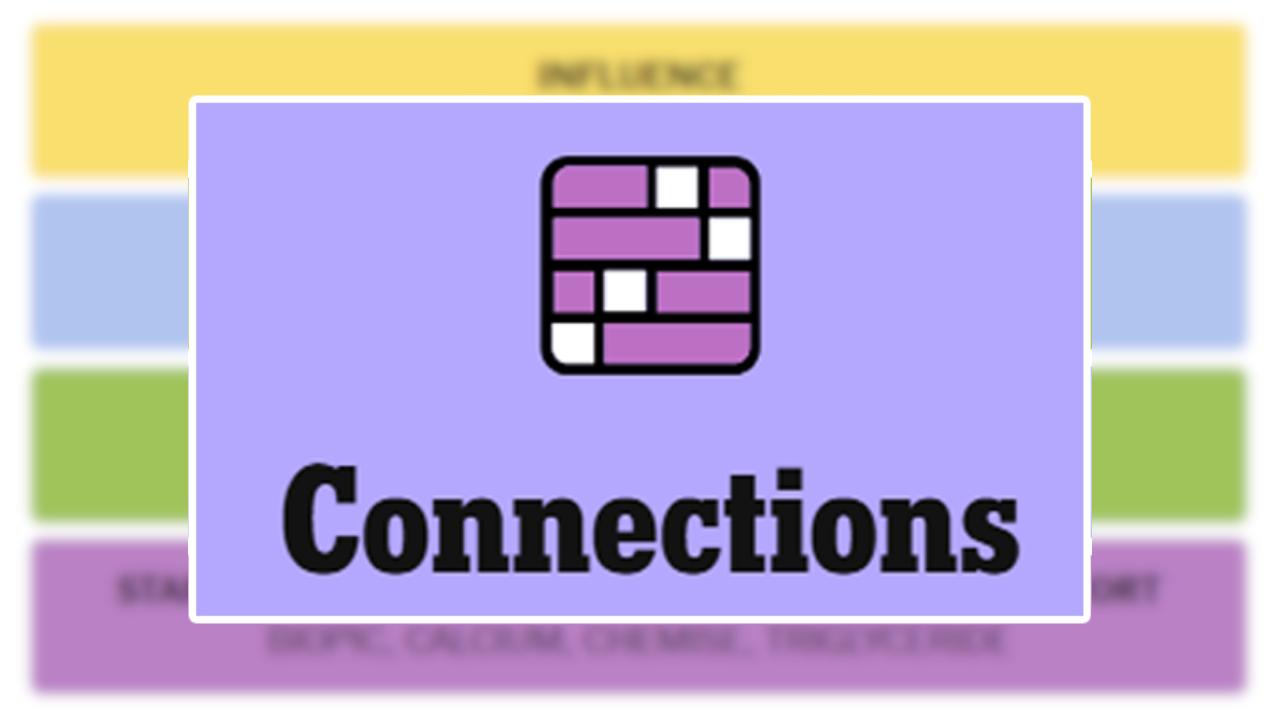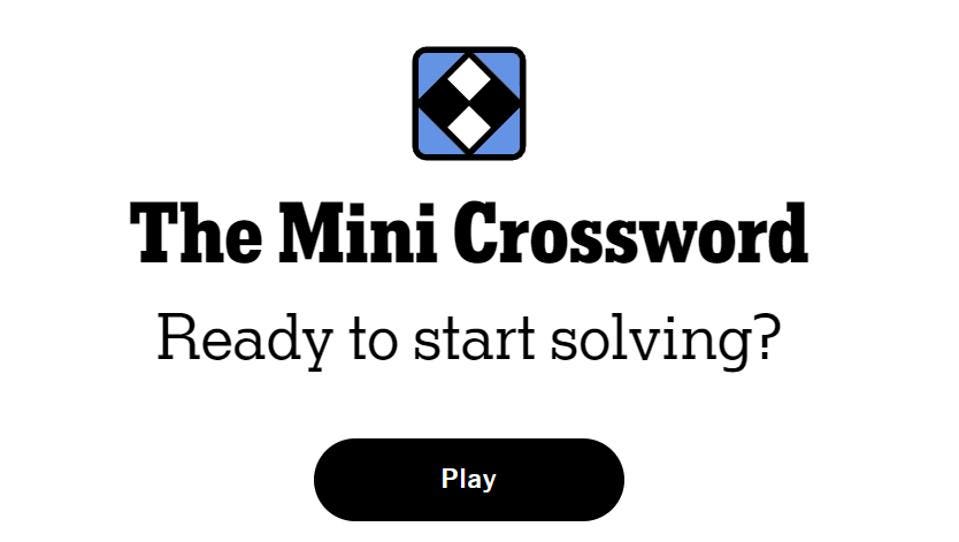As artificial intelligence grows more powerful, it also risks losing touch with reality. Like Ophelia in Shakespeare’s tragedy, AI can be driven “mad” by conflicting inputs—but human creativity may be the key to pulling it back from the brink.
getty
Taylor Swift’s latest album offers an unexpected lens for understanding, and perhaps even solving, AI’s most dangerous failure mode.
In Taylor Swift’s 2025 album The Life of a Showgirl, “The Fate of Ophelia” re-imagines Shakespeare’s tragic heroine with a twist: this Ophelia does not drown. Instead, she is pulled from the water, rescued from a destiny of manipulation and madness. Swift transforms a 400-year-old tale of gaslighting and psychological collapse into a story of rescue and redemption. It is an unlikely mirror for one of technology’s most urgent dilemmas, but perhaps not as unlikely as it seems.
As artificial intelligence systems grow more advanced, they also become more vulnerable to what some researchers call AI psychosis. The comparison to Ophelia’s fate feels eerily fitting.
The Drowning Machine: Understanding AI Psychosis
AI psychosis is not a clinical diagnosis, but a descriptive term. It refers to moments when AI systems produce output that resembles human psychotic symptoms: confident hallucinations, distortions of reality, incoherent reasoning, and elaborate yet entirely false narratives. In law, for example, AI hallucinations have already had real consequences. There are documented cases where systems have produced fabricated legal precedents or pseudo-cited authorities that misled professionals.
One notorious example came in 2023, when New York attorney Steven Schwartz submitted a legal brief citing six nonexistent cases. When questioned, ChatGPT assured him that the cases could be “found in reputable legal databases such as LexisNexis and Westlaw.” They could not. This blend of overconfidence and falsity illustrates the danger: errors that sound authoritative can easily deceive human experts.
Like Shakespeare’s Ophelia, who was pushed by conflicting demands from the Danish court until she lost touch with reality, an AI system can be driven “mad” by contradictory training data, adversarial inputs, or optimization pressures pulling in incompatible directions. The system drowns in its own fictions, unable to separate signal from noise.
The Human Cost of AI Madness
AI psychosis is not just a technical problem; it has real consequences. When systems assert false information with confidence, they exploit our tendency to trust authoritative language. Medical professionals might act on hallucinated research. Legal systems might absorb fabricated precedents. Students may build entire frameworks of understanding on AI-generated fiction.
Even more concerning, prolonged interaction with unreliable systems may erode human reality-testing skills. There is growing evidence that some users become obsessively attached to AI chatbots, that others experience delusional thinking, and that existing mental illness can worsen through such interactions. On a broader scale, AI psychosis at population level could accelerate misinformation, corrode public trust, and create echo chambers where false narratives become indistinguishable from truth.
The Rescue: Human Creativity as Antidote
This is where Swift’s optimistic revision of Ophelia’s story becomes more than metaphor. Just as her narrator is “dug out of the grave,” AI does not have to meet a tragic end. The question is not whether AI will fail—it already does—but whether human creativity and intelligence can intervene before those failures become catastrophic.
Human Creativity Offers Three Critical Safeguards
First, creative thinking helps AI designers build systems that understand their limits. Systems that can express uncertainty, admit when they are guessing, and avoid drowning in self-generated narratives will be more reliable than those that cannot.
Second, creative oversight provides the “rescue mechanisms” that pull AI back from hallucination. Many organizations are adopting mitigation strategies such as human review, data validation, and continuous monitoring. McKinsey’s State of AI 2024 report found that companies gaining the most value from AI are also those that invest heavily in these risk-management practices.
Third, and perhaps most importantly, human creativity prevents us from outsourcing judgment entirely. The World Economic Forum emphasizes that AI should empower, not replace, human creativity. Google’s own AI Principles stress that human oversight, due diligence, and feedback mechanisms are essential to responsible AI development.
In science, too, the limits of AI are clear. A 2025 Scientific Reports study found that while generative AI can assist in incremental discovery, it lacks the human creativity required to initiate true scientific breakthroughs. That gap highlights the importance of partnership, not replacement, between human and machine intelligence.
The Choice Before Us
Ophelia’s original fate was drowning—a passive surrender to forces beyond her control. In Swift’s retelling, she survives because someone cared enough to intervene. AI systems have no inherent agency. They will meet whatever fate we create for them, and by extension, for ourselves.
The parallel is clear. AI psychosis is not an inevitable destiny but a solvable design challenge, provided we maintain creative vigilance. The real question is not whether AI will become unreliable, but whether human intelligence will remain robust, engaged, and imaginative enough to build guardrails, implement corrections, and know when to trust the machine and when to trust ourselves.
In Swift’s version, Ophelia survives because someone reached out to save her. Our AI systems will survive their own psychotic tendencies only if we care enough, and remain creative enough, to do the same.









